Polypropylene pipes for heating: technical specifications and selection criteria
Polypropylene and polyethylene pipes are widely used in many construction areas. This material has proven itself in the implementation of heating systems, plumbing, sewerage. It is easy and pleasant to work with PVC products, their installation does not require special, expensive tools or fixtures. Before choosing pipes, you need to study their characteristics, dimensions and scope. For example, when conducting water supply, sewer samples should not be used, but it is better to buy special ones. For each case, elements with a certain marking are suitable, in which the exact information is encrypted.
Pipe marking
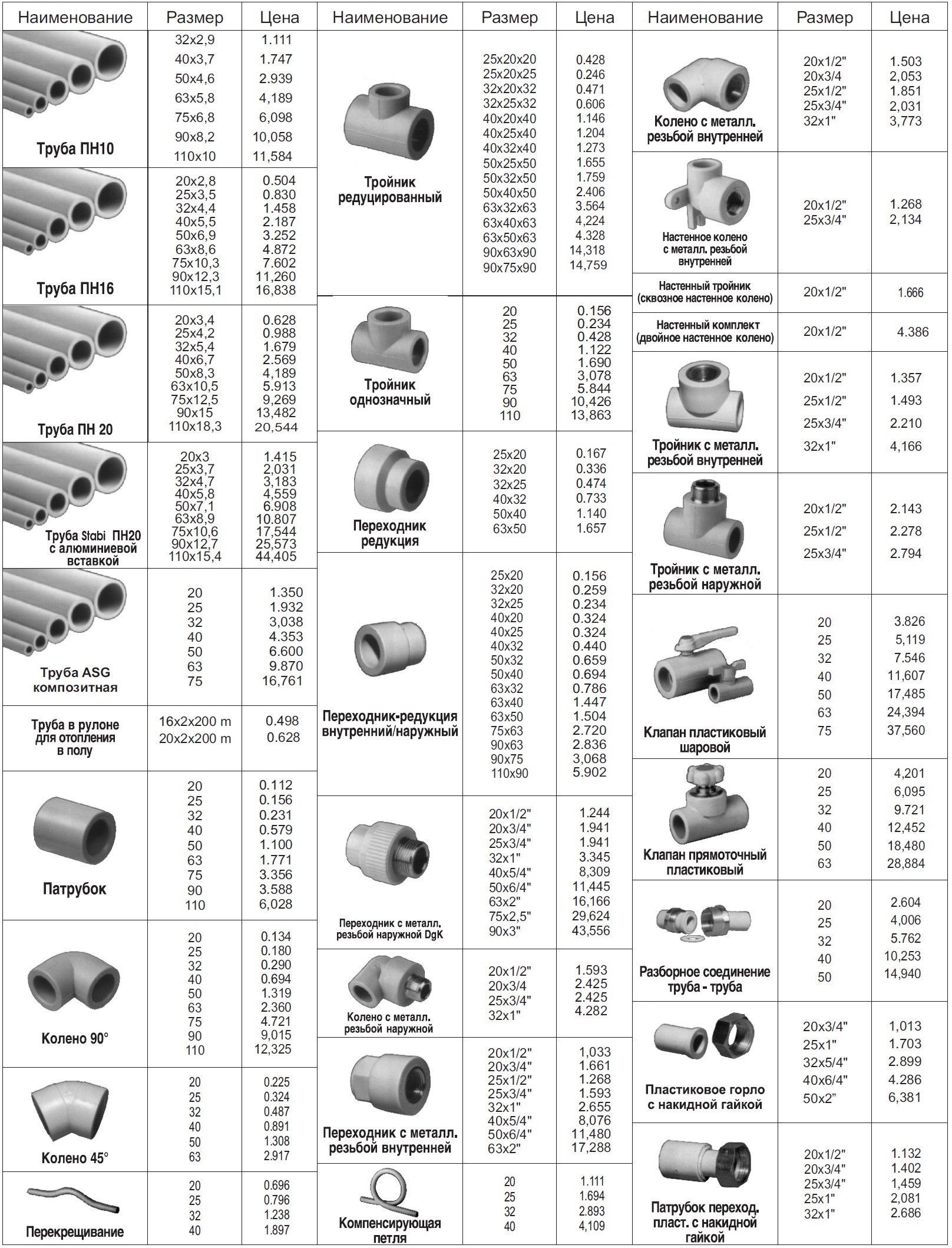
If you are going to carry out heating in a private house with your own hands, choose only pipes marked PPR!
Characteristics of PPR plastic
Pipes marked with the abbreviation PPRhave the following characteristics:
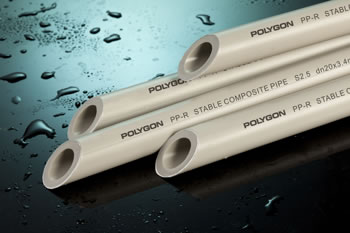
Types of polypropylene pipes
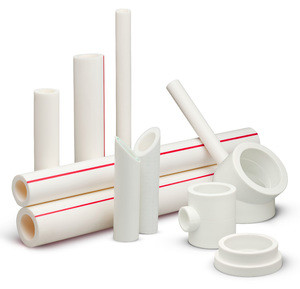 Solid plastic pipes are the cheapest
Solid plastic pipes are the cheapest Monolithic products are made of solid PVC, the expansion coefficient is 0.15%. They can only be used in the installation of systems in which a substance with a low temperature moves, for example, for ventilation and cold supply.
At water temperatures above 10C °, the use of these pipes is simply impractical - they will not withstand and may crack or burst. This must be taken into account.
Reinforced polypropylene pipes
Aluminum is used to reinforce plastic products. The layers additionally reinforced with aluminium, can be located outside, in the form of a thin foil, or inside, in the form of dot perforations. Perforation is applied in the form of a grid with holes. During the casting of the product, the ductile material, getting into the holes, creates a tight adhesion of the polymer to the metal alloy. 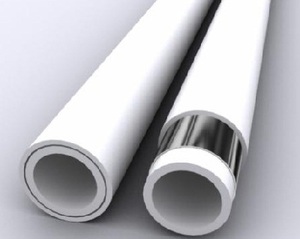 Reinforced polypropylene pipes - the most reliable
Reinforced polypropylene pipes - the most reliable
Thanks to this type of strengthening, the system can withstand a coolant heated up to 90C °. It should be borne in mind that the installation and welding of aluminum-reinforced products can be complicated by the fact that they do not always correspond to the depth of entry into the fittings and require additional cleaning and removal of the top foil.
Fiberglass pipes
Such a product consists of two layers of plastic and a middle layer containing fiberglass. Glass-reinforced plastic elements do not require stripping and calibration during installation. Soldering is quick and easy, which significantly reduces time and cost.
Glass increases rigidity, density of elements and service life. The disadvantage of such pipes are the thermal elongation indicators, which are much higher than those of aluminum-reinforced products.
 Operation of plastic pipes with fiberglass in different temperature conditions of the coolant
Operation of plastic pipes with fiberglass in different temperature conditions of the coolant Metal-plastic pipes
Metal-plastic products are equipped with a top layer of PVC and an inner layer of aluminum. Such samples are able to withstand very high temperatures, can be used for heating, water supply of a private house. The disadvantage of metal-plastic elements is that the metal layer, being in contact with the transported substance, may be subject to corrosion.
Fitting
Fittings - parts for connecting elements in a pipeline. They are necessary for the arrangement of any engineering communications. Due to the fact that there are accessories of various models made of polypropylene with chrome-plated, brass inserts on sale, it is easy to choose those that are most suitable for installing various plumbing fixtures. For installation, you will need a welding machine.
The size of the connecting parts is directly related to the dimensions of the heating pipes. Knowing the diameter of the main element, you will immediately understand which connecting part you need to buy.
Products come in several diameters:
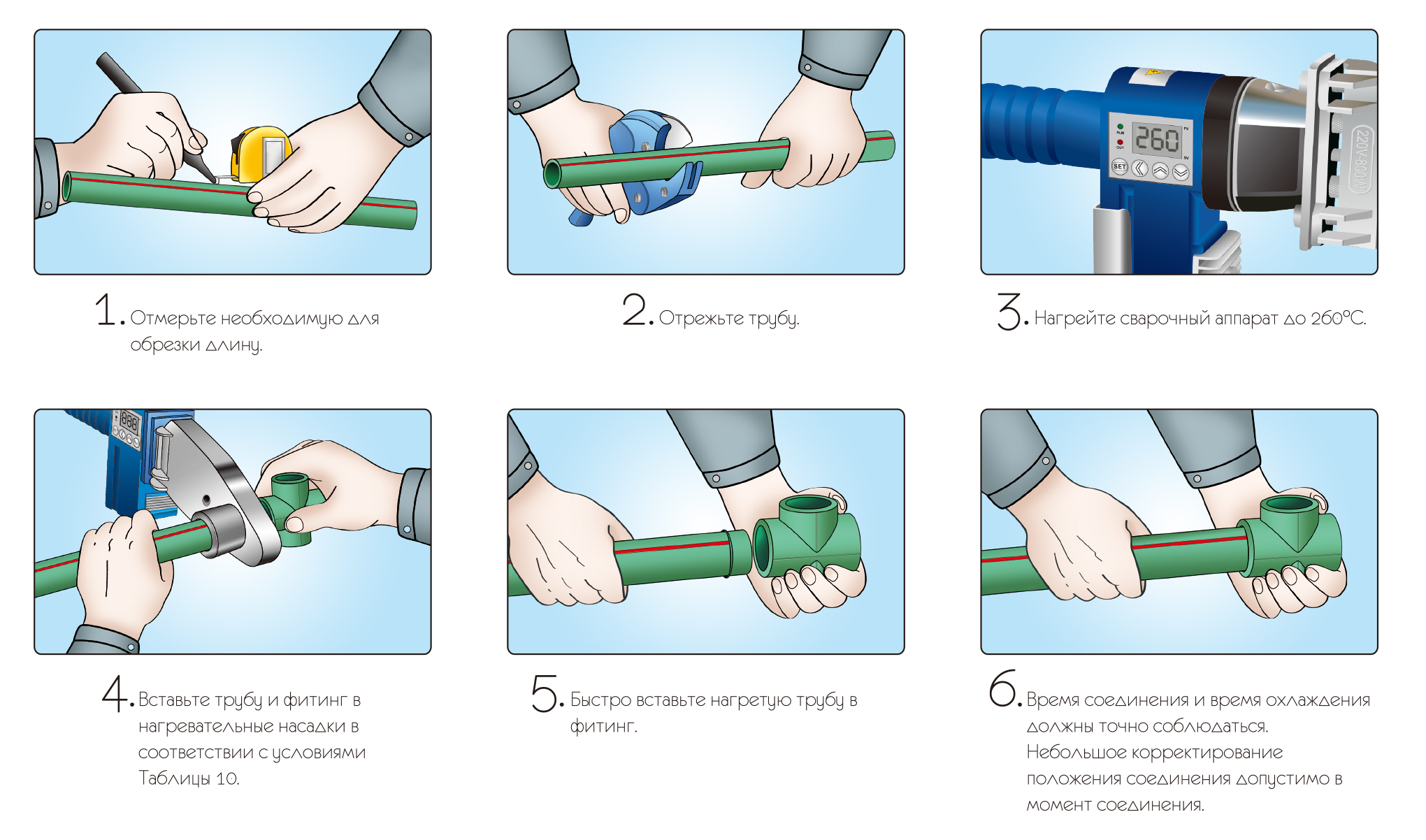
Very often there is a situation when the diameter indicated on the package does not correspond to reality! It is best to buy fittings in stores, and not in construction markets - there is much less marriage.
Types of connecting elements
There can be several connecting elements, in addition to fittings:
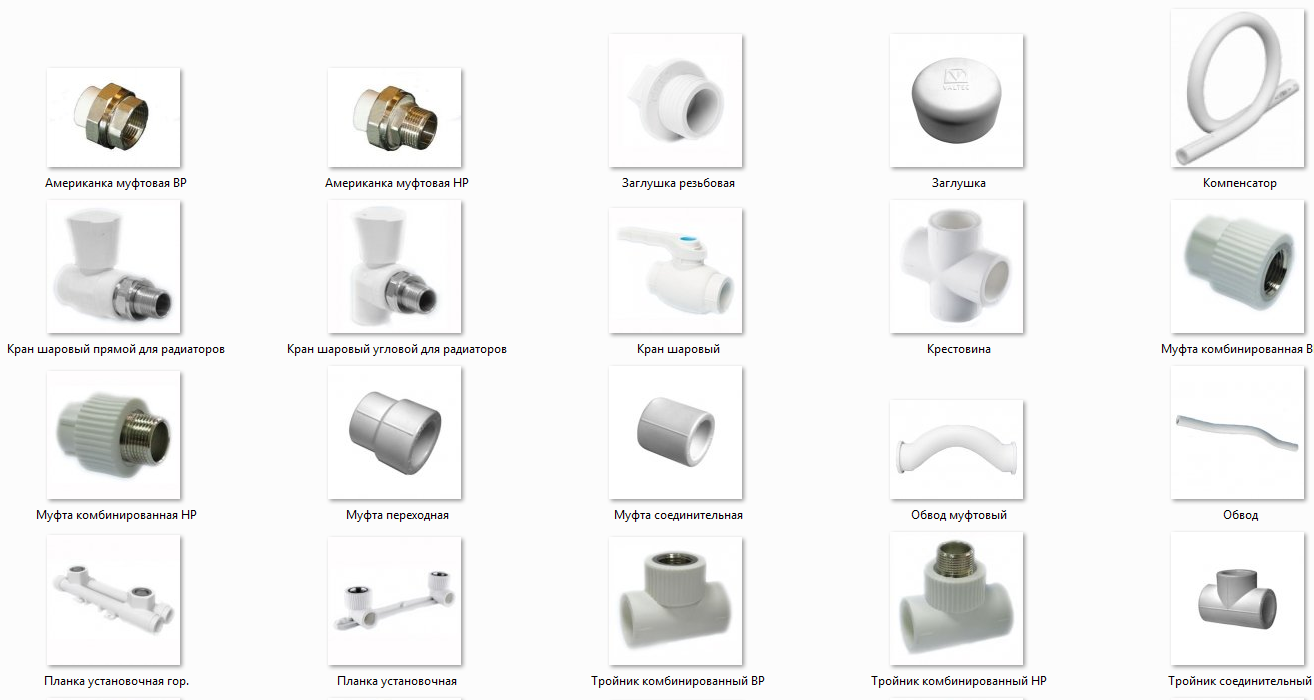
Video
You can watch a short video on how to choose the right polypropylene pipes and fittings for them.
